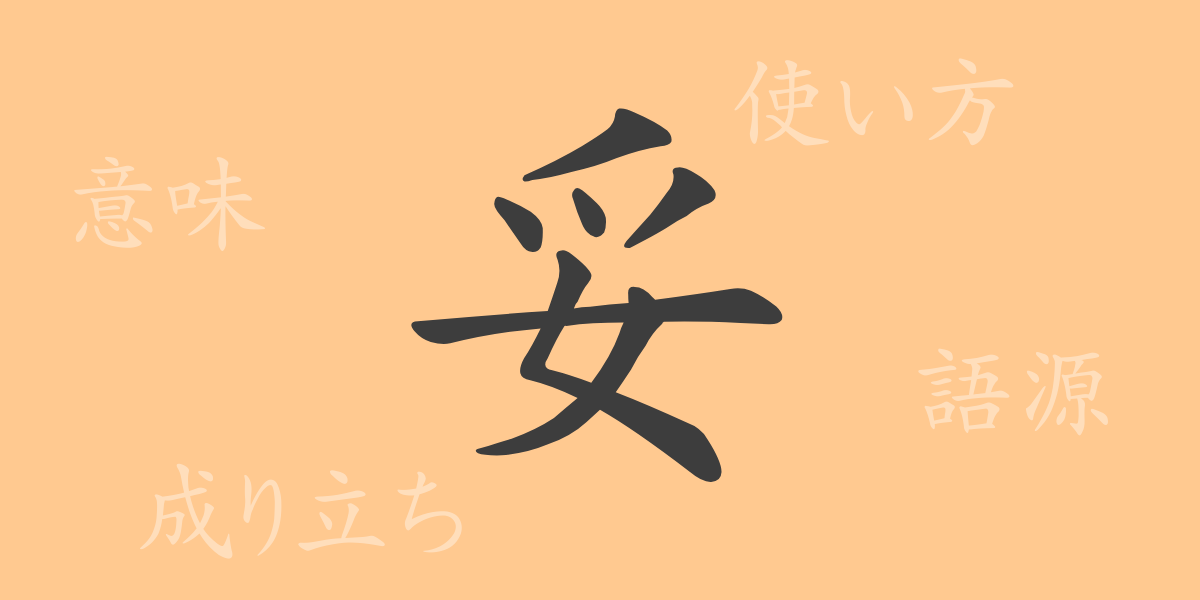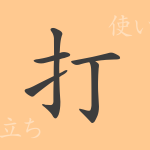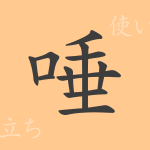The Japanese language is rich with Kanji characters that adeptly express emotions and philosophies. One such Kanji, “妥” (た) (da), frequently appears in daily life and business contexts, symbolizing flexibility and agreement. This article explores the origins, meanings, usage, and idiomatic expressions related to “妥” to uncover its allure.
Origin of “妥” (da)
The Kanji “妥” originated in ancient China and represents a woman in a stable posture. It combines the radical for woman “女” (おんなへん) (onna-hen) and the character “又” (また) (mata), depicting a hand reaching out to receive something. Originally, it was used to denote compromise or an appropriate state between people and objects.
Meaning and Usage of “妥” (da)
“妥” embodies meanings such as “appropriate,” “proper,” “calm,” and “to bring about.” It is commonly used in business documents and everyday conversations in forms like “妥結” (conclusion of negotiations), “妥協” (compromise), and “妥当” (reasonable). For instance, “交渉が妥結する” means negotiations have concluded successfully, “妥協点を見つける” refers to finding a mutually acceptable compromise, and “妥当な価格” denotes a fair price.
Readings, Stroke Count, and Radical of “妥” (da)
Let’s look at the fundamental details of the Kanji “妥”:
- Readings: On’yomi ‘ダ’ (da), there are no specific Kun’yomi readings.
- Stroke Count: 7 strokes.
- Radical: The radical is “女” (おんなへん) (onna-hen), representing ‘woman’.
Idioms and Proverbs Using “妥” (da) and Their Meanings
Numerous idioms and phrases incorporating “妥” enrich the nuances of the Japanese language. For example, “妥協” (takyo) illustrates adjusting differences to reach agreement, “妥結” (taketsu) signifies the successful conclusion of negotiations, and “妥当” (dato) indicates suitability to circumstances or conditions. These terms are indispensable for facilitating smooth communication in social life.
Conclusion on “妥” (da)
The Kanji “妥” is used to express flexibility and appropriateness. In Japanese, it frequently appears in contexts requiring agreement formation or stabilization of situations, making its application highly practical. Understanding and using this Kanji appropriately enables richer communication possibilities.

























